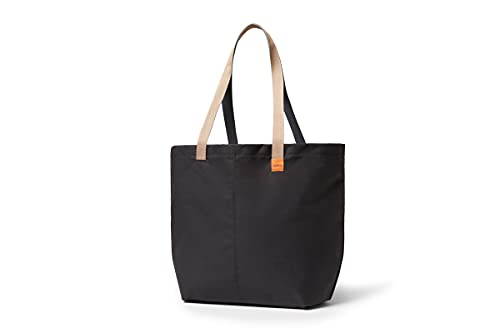The Origins of Tote Bags
Tote bags have become a ubiquitous accessory in today’s modern society, but their history dates back much further than one might expect. The word “tote” is derived from the 17th-century word “tate,” meaning “to carry.” In its simplest form, a tote bag is a large, unfastened bag with parallel handles that extend from the sides. Its practicality and versatility have made it popular throughout the centuries.
Ancient Tote Bags
While the modern tote bag may appear to be a modern invention, its roots can be traced back to ancient civilizations. The ancient Egyptians, for example, used tote-like bags made from papyrus and reeds to carry a variety of items, including food, tools, and personal belongings. These bags were favored for their lightweight and durable nature, making them ideal for daily use.
Scores of years later, the ancient Greeks used a leather bag called “phares” as a practical way to carry goods. These bags were often fastened together with a single strap and worn over the shoulder. The phares served as a precursor to the modern tote bag, with the added convenience of being able to sling it over one’s shoulder.
Tote Bags in the Modern Era
Fast forward to the 17th century, and tote bags began to pick up popularity in Europe. The Industrial Revolution had spurred a need for durable bags to carry materials and tools, and this demand led to the creation of the modern tote bag as we know it today. These early tote bags were often made from canvas or other sturdy fabrics, with leather handles for added durability.
During the 19th century, tote bags became particularly popular in the United States. They were widely used as beach bags, as their large size made them ideal for carrying towels, sunscreen, and other necessities. The simple design and functionality of tote bags also made them popular among working-class individuals who needed a durable and versatile bag for everyday use.
Tote Bags in the Fashion Industry
While tote bags had been primarily utilitarian up until the 20th century, they gained a new level of prominence in the fashion industry. In the 1940s, high-end designer brands such as Chanel and Hermès began producing their own versions of tote bags, incorporating luxurious materials and intricate designs. These designer tote bags became a symbol of status and sophistication.
In the 1960s, tote bags became closely associated with the feminist movement. Activists such as Betty Friedan and Gloria Steinem were often seen carrying tote bags adorned with feminist slogans and artwork. The tote bag’s versatility and practicality made it an ideal accessory for activists who needed an easy way to carry pamphlets, books, and other materials to spread their message.
Tote Bags in the 21st Century
Today, tote bags have become an everyday essential for people of all ages and backgrounds. They are beloved for their spaciousness, durability, and ability to be customized with different designs and graphics. Tote bags have also become an eco-friendly alternative to single-use plastic bags, as many individuals now carry reusable tote bags for grocery shopping and general errands.
In recent years, tote bags have also experienced a surge in popularity in the corporate world. Many companies now distribute branded tote bags as promotional items, allowing for increased brand exposure while also providing customers and employees with a practical and stylish accessory. The rise of e-commerce has also contributed to the widespread use of tote bags, as they make for convenient and environmentally-friendly packaging for online orders.
The Evolution of Tote Bags
From its humble beginnings in ancient civilizations to its current status as a fashion statement and everyday essential, the tote bag has come a long way. Its evolution from a simple carrier of goods to a versatile and fashionable accessory is a testament to its enduring appeal. Whether it’s a canvas tote for a trip to the beach or a designer tote for a high-end event, these bags continue to be a popular choice for people around the world.






